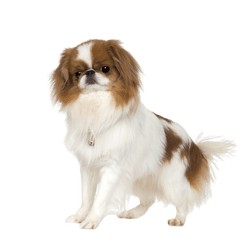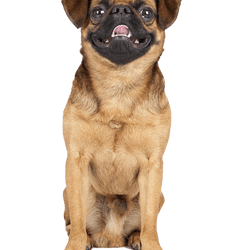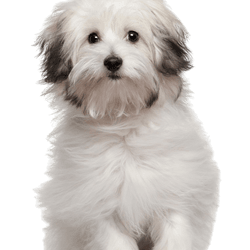
Coton de Tuléar Breed description: Character & Co
Coton de Tuléar
Facts & Origin
Descent and origin of the Coton de Tuléar
This dog breed, also known as the cotton dog, originates from Madagascar. The development and definition of the breed standard, however, takes place under French patronage or lies with the French breeding association. The ancestors of the French Bichon Frisé, the Bolognese, Maltese and Havanese dogs, which are probably related to each other, probably came to Madagascar with French soldiers. In Tuléar in the south of Madagascar they were exclusive lapdogs of the rich population living there for centuries.
Breed characteristics and nature
The Coton de Tuléar is a dog breed recognized by the FCI and is listed in FCI Group 9 (Companion and Society Dogs), Section 1.2 (Coton de Tuléar), Standard No. 283, without working test. Its characteristics, which are even expressly emphasized in the breed standard, are:
- Cheerfulness
- sociability
- equilibrium
- Adaptability
The extremely socially adjusted Coton de Tuléar is a good family dog, which gets along with children. and other animals in the best way. It is therefore equally well suited as a companion dog for families with children, singles and older people. Funny is his nickname: Cotton Dog. However, this is not officially used.


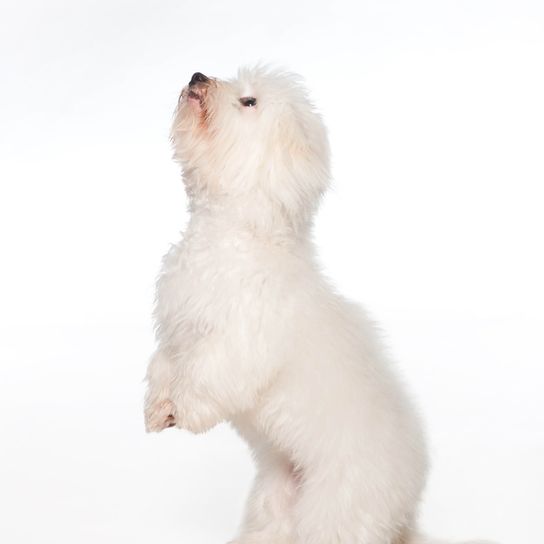

| Alternate Name | Cotton Dog, Coton de Tulear |
| Origin | France |
| Life expectancy | 15 - 17 years |
| Care requirements | high-maintenance |
| Activity level | low |
| FCI group | Bichons and related breeds |
| AKC group | non-sporting group |
| KC group | Toy Group |
Coton de Tuléar mixes
Attitude, character and temperament of the breed
Husbandry and education
The Coton de Tuléar is considered a lap dog. Maybe it was in former times. Today's representatives of its breed want to be challenged. Extensive walks and dog sports such as agility courses will please the dog. Subsequent cuddling rounds it will then also demand. However, too much pampering should be avoided, otherwise the dog may develop undesirable behaviors. In addition, it should be considered that the dog does not mind cold and rain, but it reacts very sensitively to heat. In the summer, the early morning or late evening hours are therefore preferable for walking. The education of the dogs should be consistent but affectionate. Regular obedience exercises are advisable.
Character
Usage

Health and breeding information
Care and nutrition
The coat care of the Coton de Tuléar is complex. At least three to four times a week, the coat should be brushed and combed intensively, otherwise it tangles easily. The dog's food should contain a high proportion of meat. Two food rations a day are sufficient for adult specimens. Regular weighing is advised, however, as overweight is not easily detected in this dog due to its lush coat.
Health and life expectancy
The dogs have never been the object of mass breeding. The breeding lines in this breed are therefore pure. Breed-typical diseases have not been noticed so far. Possible, however, is the patella luxation, a knee joint injury frequently occurring in small dogs, in which the dog's kneecap (patella) jumps out of its guide (luxation). This can be caused by nutritional errors or even a movement accident. In the worst case, the injury must be treated surgically. The life expectancy of healthy dogs is 15-17 years.
Worth knowing
The spread of the dogs in Europe took place only about 20 years ago. Before that, the breed was almost unknown, hard to get and quite expensive. Even today, puppies from good breeding cost up to 1,500 Euros. More information about breeding successes, breeders, puppy placement or purchase possibilities can be obtained from VDH member clubs such as the Coton de Tuléar Verein eV (CTV) or the COTON DE TULEAR-CLUB e.V.. The Coton de Tuléar belongs to the non-hairy dogs and is therefore ideally suited for dog hair allergy sufferers.


Breed characteristics and appearance
The small dogs have a very soft and fluffy coat without undercoat. The hanging ears of the dogs disappear in the luxuriant coat. The coat color according to the breed standard is white. The height at withers of the males is 26-28 cm, that of the females 23-25 cm. The male dogs have a weight of 4-6 kg, the bitches 3,5-5 kg.
| Fur length | long |
| Fur | wavy |
| Ear shape | Floppy Ear |
| Tail | fanned out |
| Anatomy | dainty |
| Size ♀ | 23 - 25 cm |
| Weight ♀ | 4 - 5 kg |
| Size ♂ | 26 - 28 cm |
| Weight ♂ | 4 - 6 kg |
| Suitable For | suitable for allergy sufferers, Beginner, Children, Seniors |
Colors

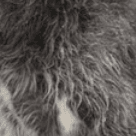

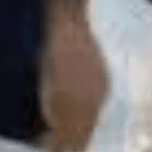


Known Diseases
Patellar luxation
Patellar luxation is the term used to describe a displacement of the kneecap, which is one of the most common causes of lameness in dogs.
Overweight
Often, unfortunately, the dogs very much under excess weight. But the dogs themselves are never to blame!
Other small dogs
Useful Articles
You can find articles that might interest you in the dogbible blog to match your favorite breed.
Visit our magazineto stay up to date on dog trends.
To find out more, view our Privacy Policy
Find here the breed that suits you and find out what character traits it has. Here you can also learn more about the origin, size and weight of your favorite breeds.
Matching your favorite breed, you'll find articles that might interest you on the dogbible dog blog.
Advantages of mixed breed dogs to pedigree dogs
Dog shoes? Do dogs really need shoes? 3 tips!
5 reasons why it can be that your dog trembles
Alopecia in dogs - causes, symptoms, diagnosis, prevention and treatment.







